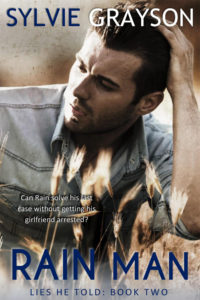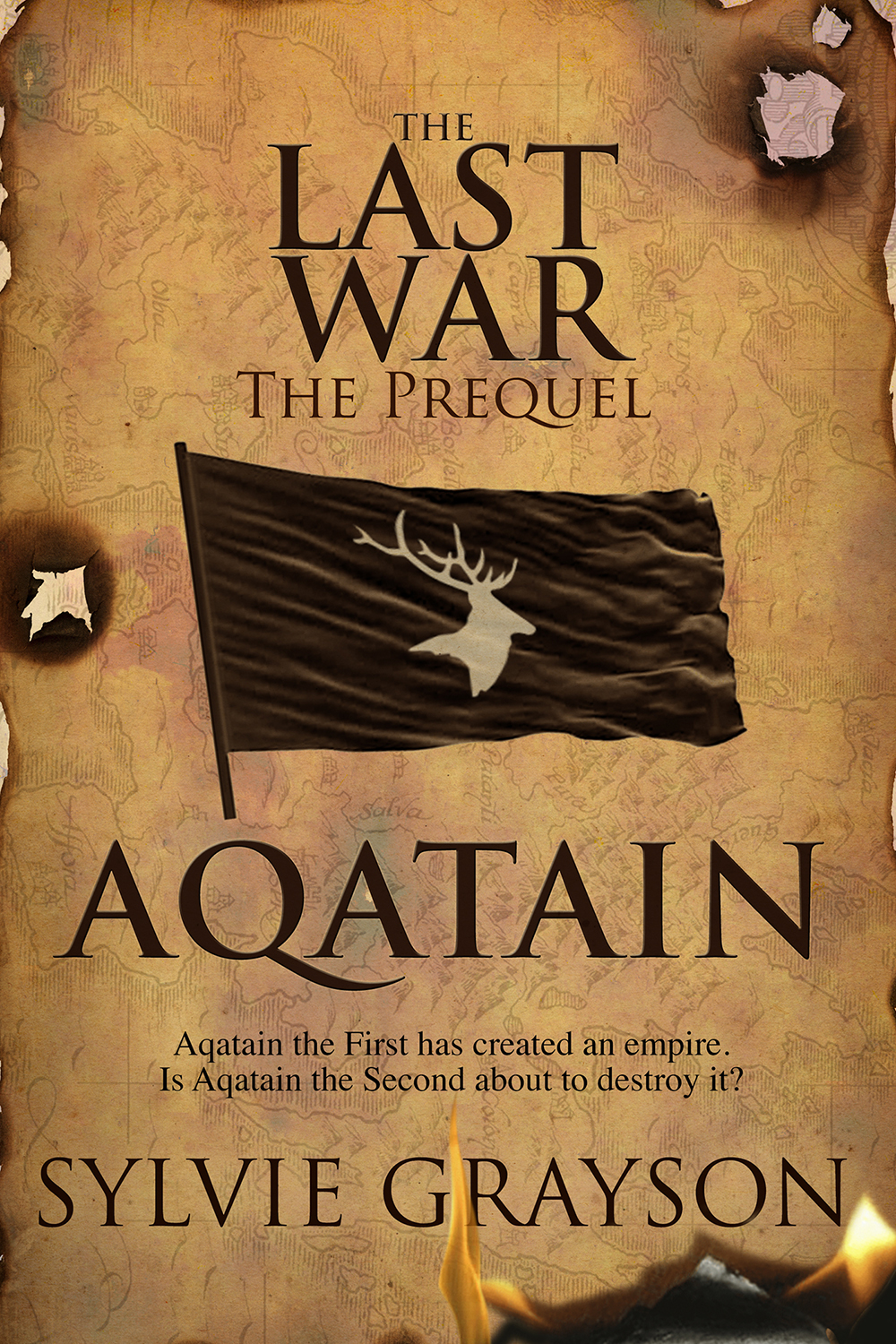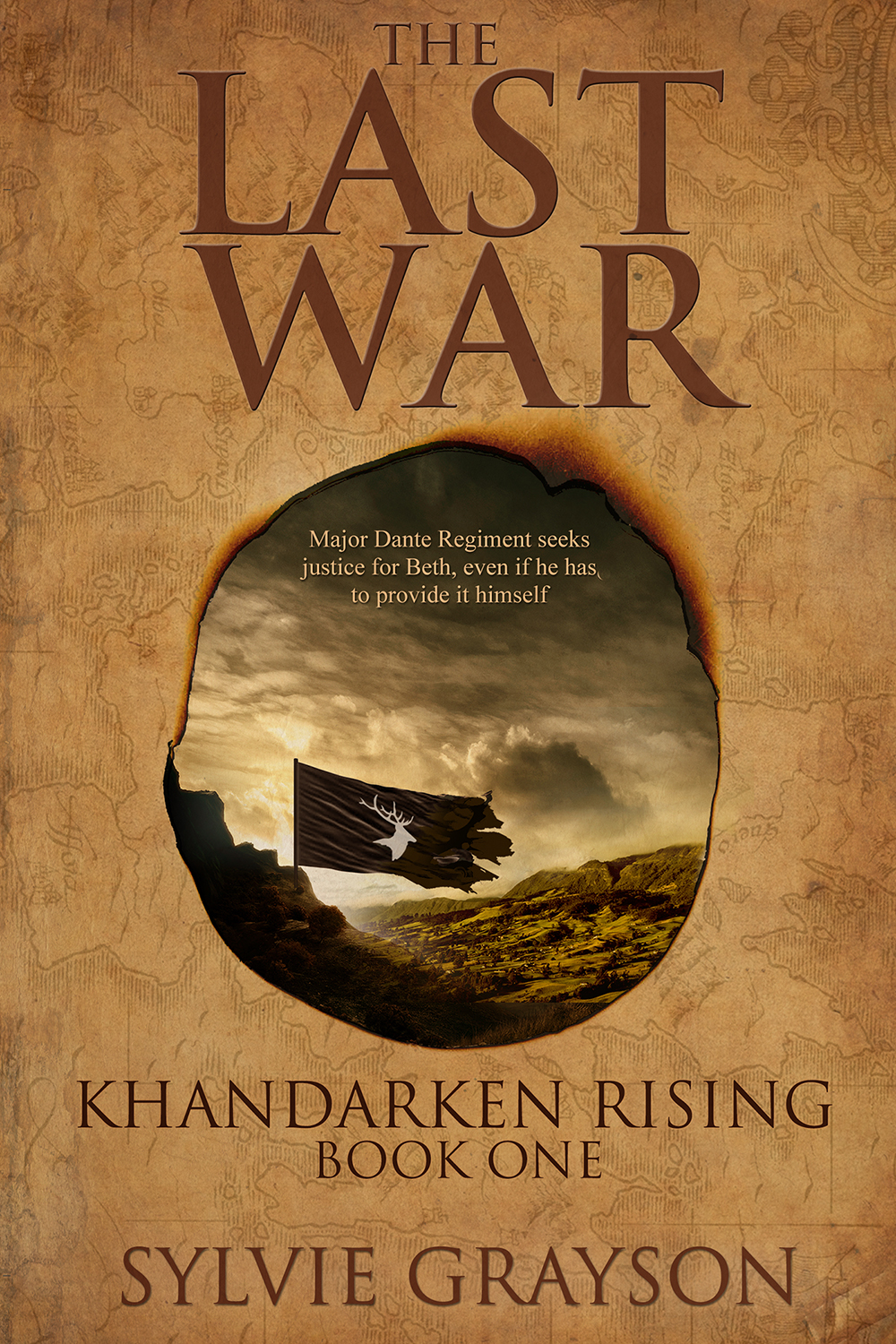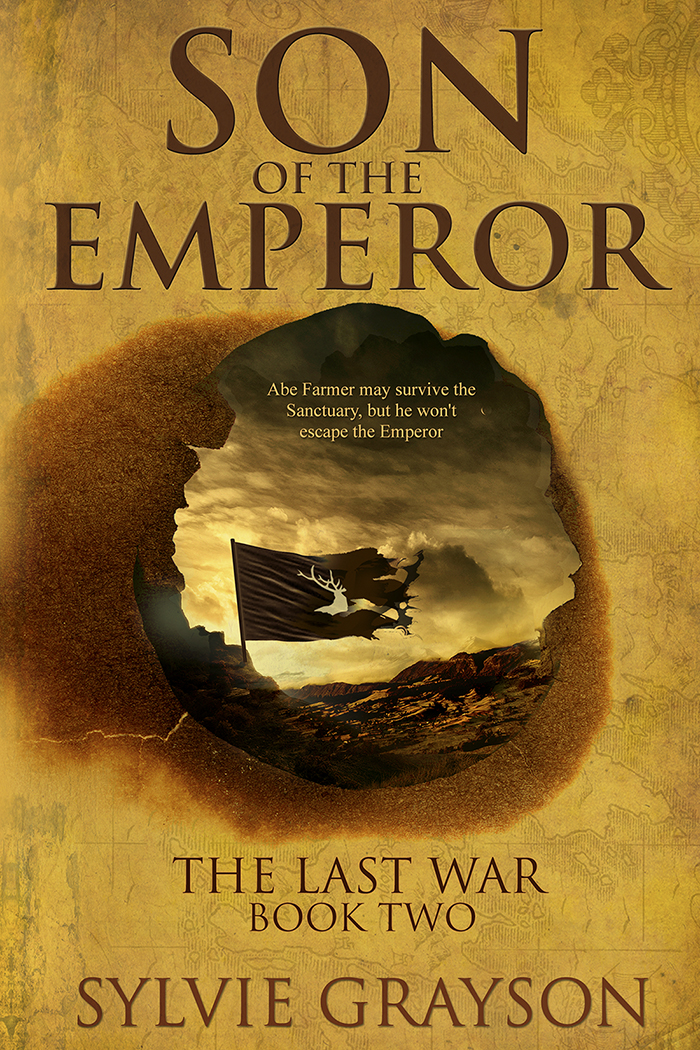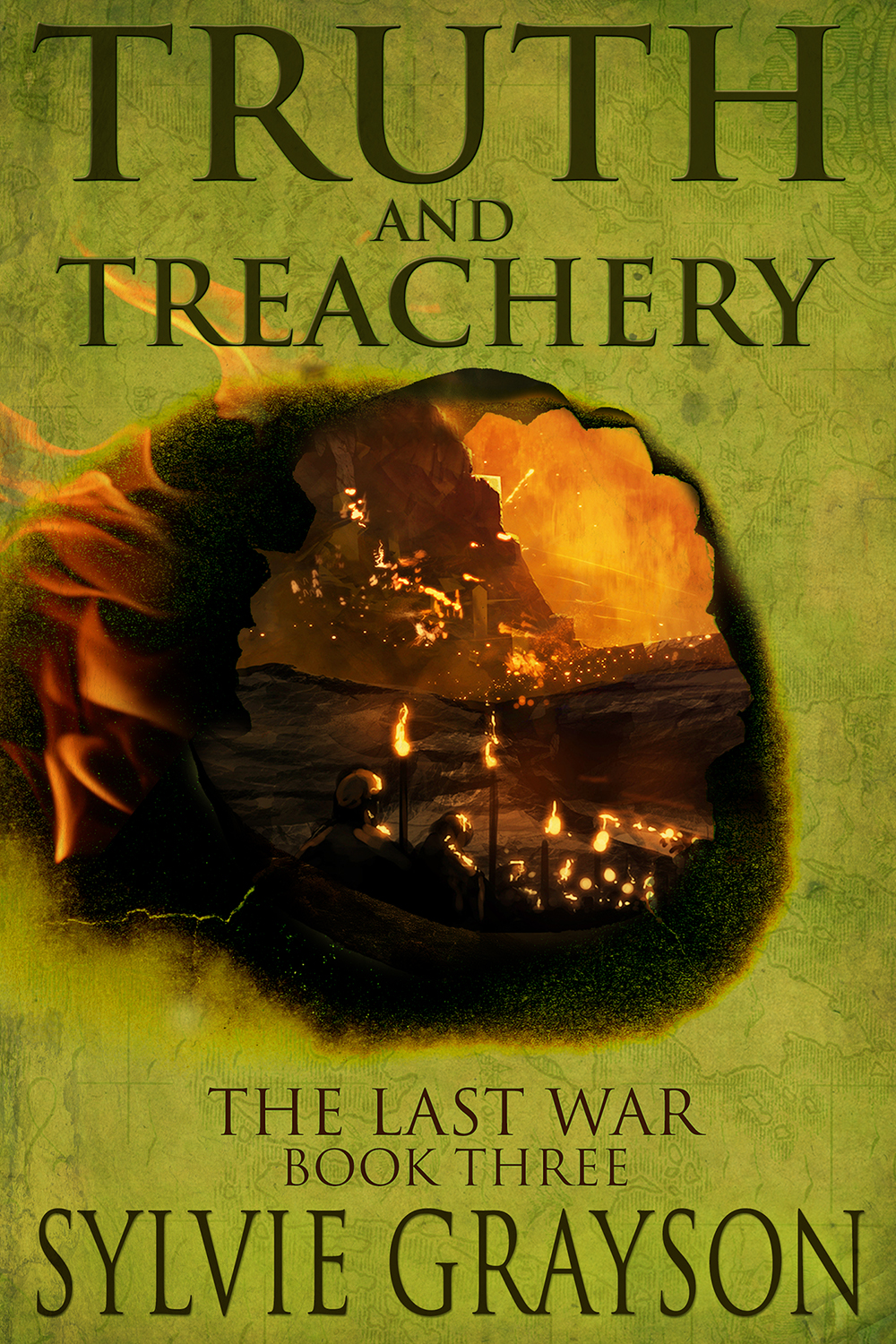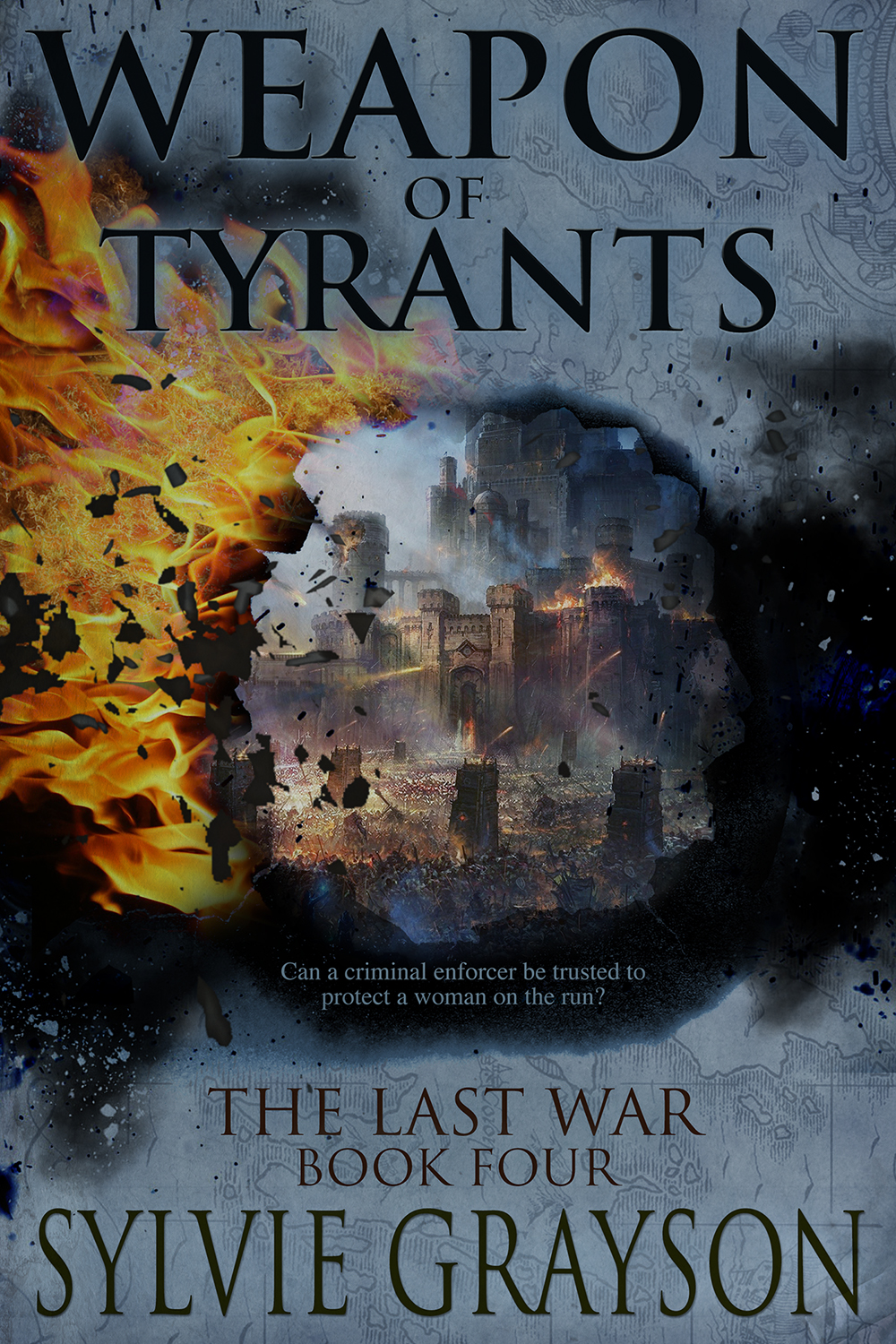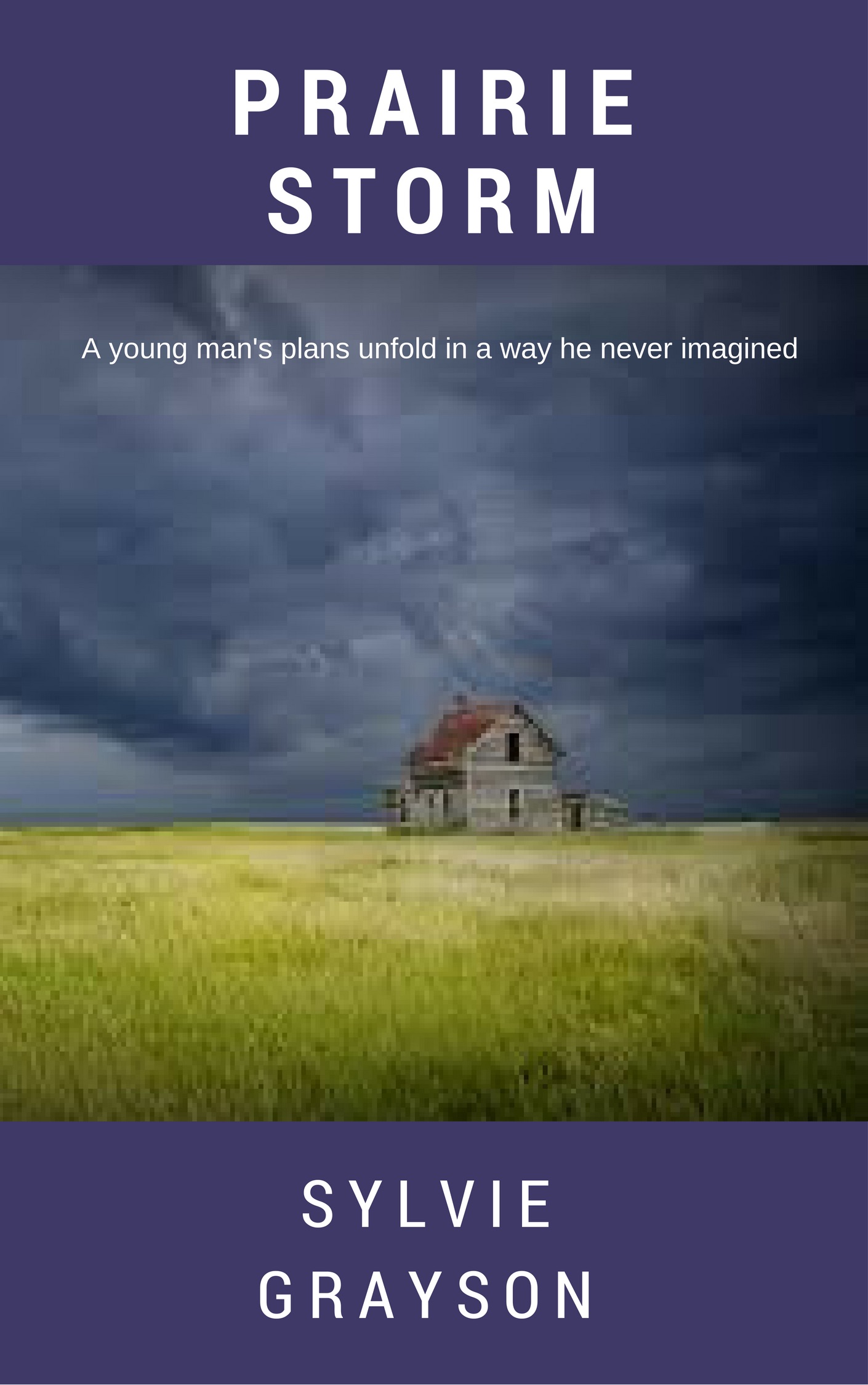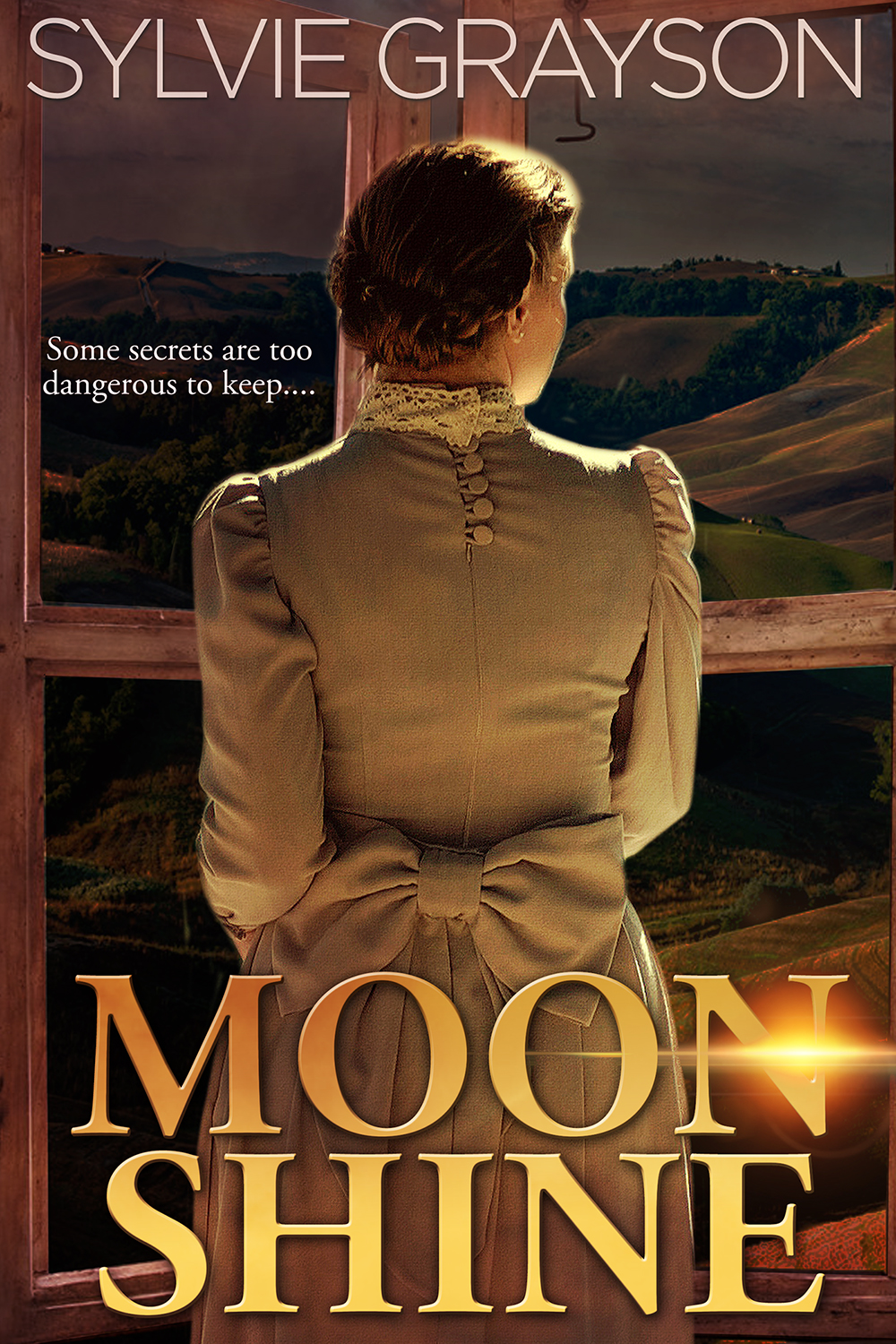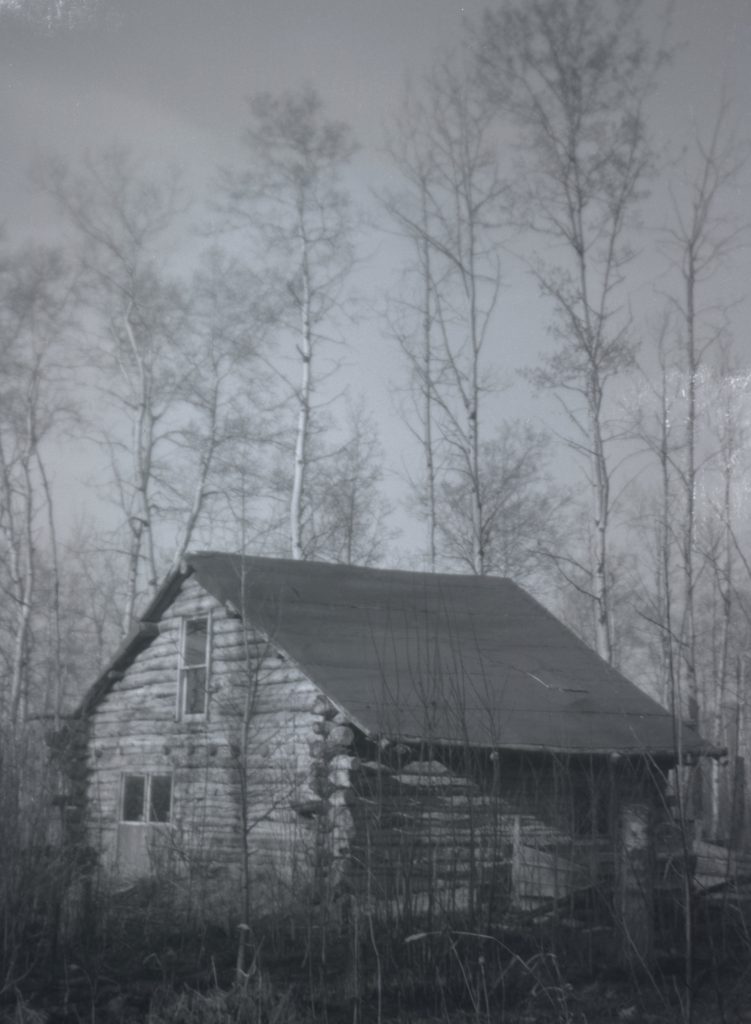
Homesteading
A homestead is defined as a home and land occupied by a family. But homesteading means something slightly different. In Canada, homesteading was a programme offered in the past in many provinces with the goal of settling the land. There was also a drive to increase the population, often from outside the country if necessary. In British Columbia, the government passed a new homesteading act which encouraged people to claim land in the 50s and 60s. The land was divided into sections, 640 acres each, and each section was divided into quarter sections of 160 acres each. A section is measured as one mile by one mile and a quarter section is a half mile by a half mile in size.
The Land Titles office in each area had maps and a list of the land that was available. Upon application, a person could claim a quarter section. There were no taxes payable on the property until title transferred. The goal was to move onto the land, build a home, and carry out developments or what were called improvements. These could include clearing the land and farming it, building barns and raising animals, whatever was needed to become self-sufficient. The goal was to improve the land over a period of 5 years from the first claim. If one succeeded in doing that, the settler could then make application with proof of the improvements, and the land title would be transferred into his or her name.
Free land! But wait a minute, not quite free. Developing the land could be quite a challenge and incur substantial expense, depending on where it was located and what it was like. Was it heavily forested or spread over steep hills? Was it a wetland, covered in sloughs and creeks which divide the area? Was there a road providing access to the property? Lots of things could change the focus of how easy it was to get and keep the free land.
My Parents
Dad’s father, George, was one of twelve children. He was born in Upper Canada and moved with his whole family to the Canadian Prairies when the land opened up for homesteading in the 1880’s and they all claimed land. Dad was born in Sintaluta, southern Saskatchewan. When he was one and a half years old, in February of 1919, his mother, Emily Annie, died of the Spanish flu. George’s mother, Hannah Ruth, my father’s grandmother, died of the flu the following day, and the two funeral services were held at the same time in the local village church.
According to one of my cousins who knew George, our grandfather was devastated by these losses, and more or less gave up. However, he continued to farm with his father and his brothers. Each one of them had claimed some land and they used their horses and equipment in a united effort to work the soil. A couple of years later, snow came early to the Prairies. The family had harvested their father’s crop and were working down the list of brothers from oldest to youngest. George was the last brother, and before they got to his land the snow had flattened his crop, demolishing his total income for the year. Unable to pay his taxes, he lost his land, and took his family of six motherless children by train, moving them to Nipawin, in northern Saskatchewan. He set up shop in the small town as a saw and knife sharpener.
Dad grew up motherless and more or less fatherless. He remembers sleeping with his sister on a mattress on the dirt floor in a small log cabin in Nipawin. One night he woke, terrified he was alone. But when he looked around, he saw an angel standing at the foot of the mattress, keeping guard over him. He was able to calm down and go back to sleep, secure in the knowledge that he was safe.
Dad was used to being without and used to being alone. At some point he discovered he had another brother, a baby who had been born just before his mother died, making him one of seven children, not six. The baby had been taken to be raised by his aunt and uncle in Sintaluta, and remained with them when the rest of the family moved. The boys met for the first time as teenagers, and came in contact again as young men, my Dad in a navy uniform, his lost brother in army gear at the start of the Second World War.
Dad’s approach to being sick included going outside and working it off. He told a story about feeling ill and having a fever as a young man. So he went out and chopped firewood for his father. A family friend who was a medical doctor had come to visit, and when he heard Dad didn’t feel well and had a fever, he went out to check on him, diagnosing diphtheria. The doctor instructed Dad to attend at his medical clinic to get the vaccine, as there had been a number of cases in the town.
Mum was raised in a family of seven children. Her parents were from England, her father, Sidney, from Southampton, her mother, Rosa, from Rye. The father’s family ran a grocery store, and he joined the English navy at age nineteen. A few years later, Sidney resigned to sign up for the Royal Canadian Navy Volunteer Reserve and travel to Canada on the HMCS Rainbow, the first ship of the Canadian navy, which landed at Esquimalt, Vancouver Island, British Columbia in 1910. He settled there.
Rosa’s family ran a pub and bakery in England, and emigrated to Canada in about 1914, at the start of the First World War. Rosa and Sidney met in Esquimalt and married.
Mum was their third child, and when she was a young girl, she was devastated by the death of her brother, Arthur, two years younger than herself. He was run over in the street by a delivery truck. They had been close, sharing a bed. The loss had a lasting effect on her life. I remember she mourned the loss of her brother even as an adult.
She was raised to be polite, speak correctly, and always use her manners. She did needlework, could knit or sew anything, loved to paint pictures, and gardened for food and flowers. But especially her talent was with words, in both poetry and prose. (more to come 🙂









